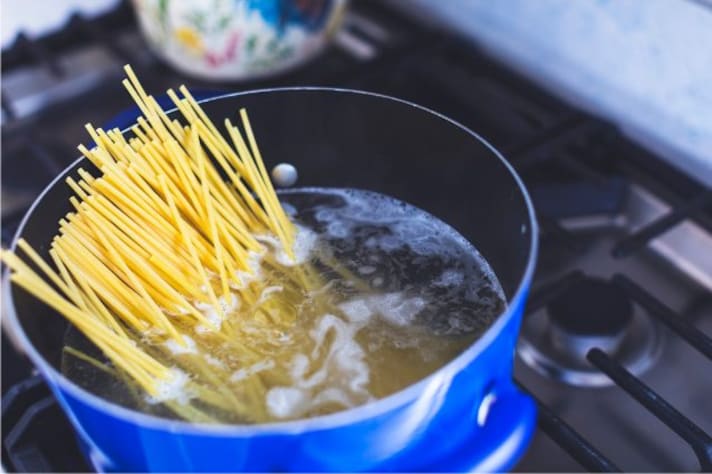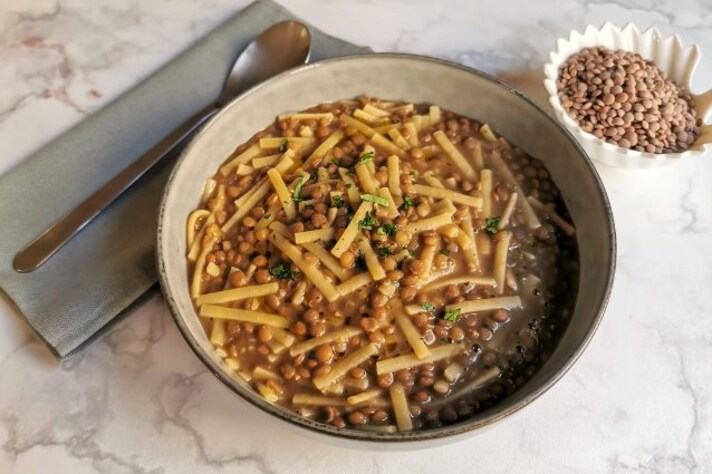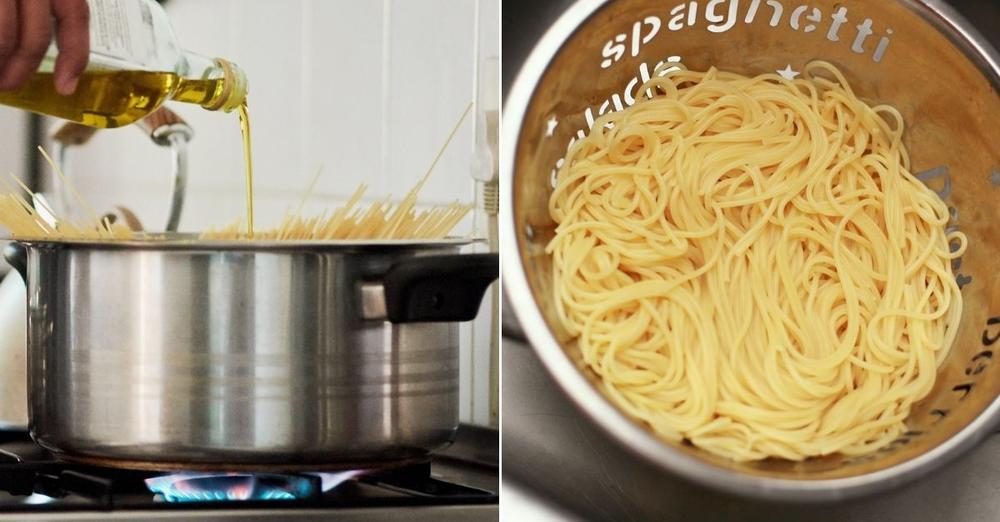Here’s Why You Should Never Break Pasta Before Cooking It
Breaking pasta before cooking is a culinary misstep that undermines the integrity of traditional Italian dishes. Long strands of pasta are designed to interact with sauces more effectively and allow for the traditional eating experience of twirling around a fork, which is essential to the authentic enjoyment of Italian cuisine. Respecting these traditions by cooking pasta whole preserves its texture, flavor, and the cultural heritage it represents.

Pasta, a universally beloved dish, finds its way into homes and hearts around the world with its simplicity and versatility. At some point, nearly everyone has faced the dilemma of long strands of spaghetti not fitting into the pot and has resorted to breaking them in half for a better fit. While this might seem like a practical solution to a common problem, for Italians, breaking pasta before cooking it is nothing short of sacrilegious. This culinary faux pas not only deviates from tradition but also alters the integrity of the dish itself.
The Integrity of Pasta and Italian Tradition
The main reason you're not supposed to break pasta before cooking it lies in the preservation of its intended texture and the experience of eating it as envisioned by Italian culinary tradition. Pasta, especially long varieties like spaghetti or linguine, is designed to be enjoyed in its full length. The length of the pasta plays a critical role in how it interacts with the sauce; longer strands can better pick up and hold onto the sauce, delivering a more flavorful and cohesive bite. Breaking the pasta compromises this interaction, resulting in a less harmonious dish.
The Correct Way of Cooking Pasta
The correct way to cook long pasta doesn't involve breaking it at all. Instead, use a large pot filled with plenty of boiling, salted water. This allows the pasta enough room to move freely, which is crucial for even cooking. When you add the pasta, it will naturally soften and bend, allowing it to fully submerge without the need to break it. Stirring the pasta gently as it cooks will prevent it from sticking together or to the bottom of the pot, ensuring perfectly cooked strands ready to be coated in your sauce of choice.

Embracing the Tradition
Twirling long pasta around your fork is not merely a technique but a celebration of Italian culinary artistry, a homage to the meticulous care and thought put into the creation of pasta. By cooking pasta as intended and embracing the traditional way of eating it, diners can connect more deeply with the essence of Italian cuisine, where every aspect of a dish—from preparation to consumption—is a testament to a rich cultural heritage.
Additionally, the ritual of eating long pasta, which involves twirling it around your fork, is an integral part of the Italian dining experience. This method not only adds an element of elegance and skill to the meal but also ensures that each forkful is an ideal balance of pasta and sauce. Breaking the pasta beforehand eliminates the possibility of mastering this traditional technique, thus distancing the diner from the authentic Italian way of enjoying pasta.
When is It Acceptable to Break Spaghetti in Half
Tradition purists will most likely turn up their noses just at the thought, yet in Italian cuisine, breaking spaghetti is a much more widespread and accepted habit than one might think, so much so that, over time, several companies have taken to put this product on the market: the "already broken" pasta format. Breaking the most famous and loved pasta in the world into several pieces is not only a way to allow the little ones to enjoy spaghetti but also an unusual and tasty method for preparing recipes which, otherwise, would not have the same charm: there are many simple dishes from the popular tradition that lend themselves well to this format.

In Campania, thanks to the ancient custom of cooking also with waste from pasta factories in a completely "no waste" logic, we can enjoy an invigorating and fragrant pasta with lentils: a poor dish in which the pasta cooks directly with the legumes and releasing the starch makes the soup "right on"; remaining with the regional borders we cannot fail to mention the pasta, potatoes and provola, more than a simple dish, a true masterpiece of the Neapolitan cuisine.
In Sicily, particularly in the Palermo tradition, broken spaghetti pairs well with tenerumi, long zucchini leaves, in a delicious soup seasoned with oil, garlic and peeled tomatoes. Last but certainly not least, the broth: it is precisely in the hot dish par excellence, in all its versions, that broken spaghetti can give their best.
;Resize,width=767;)
;Resize,width=712;)
;Resize,width=712;)

